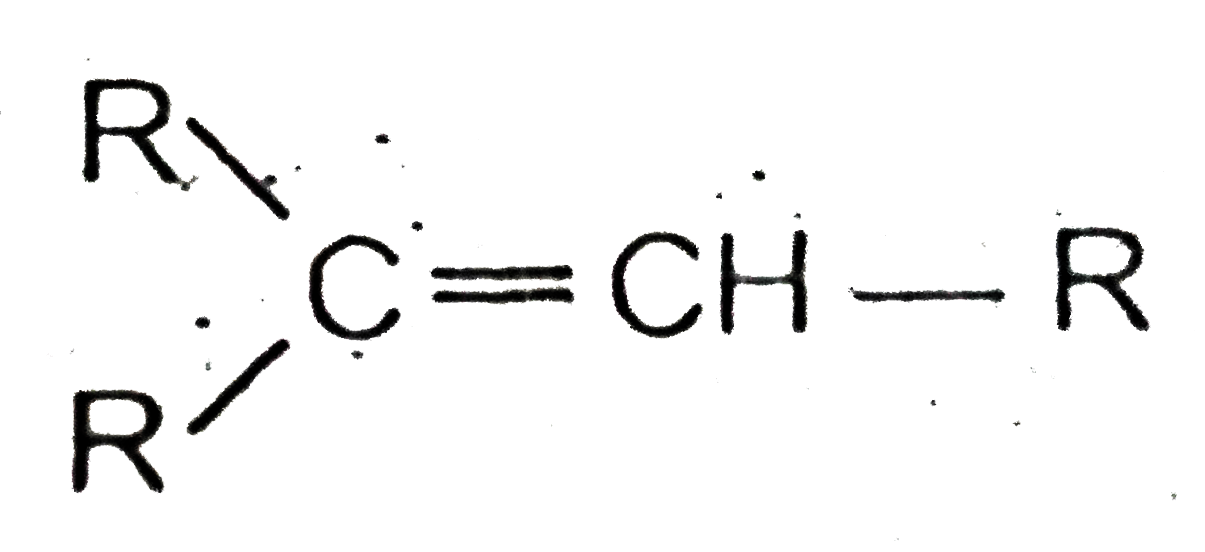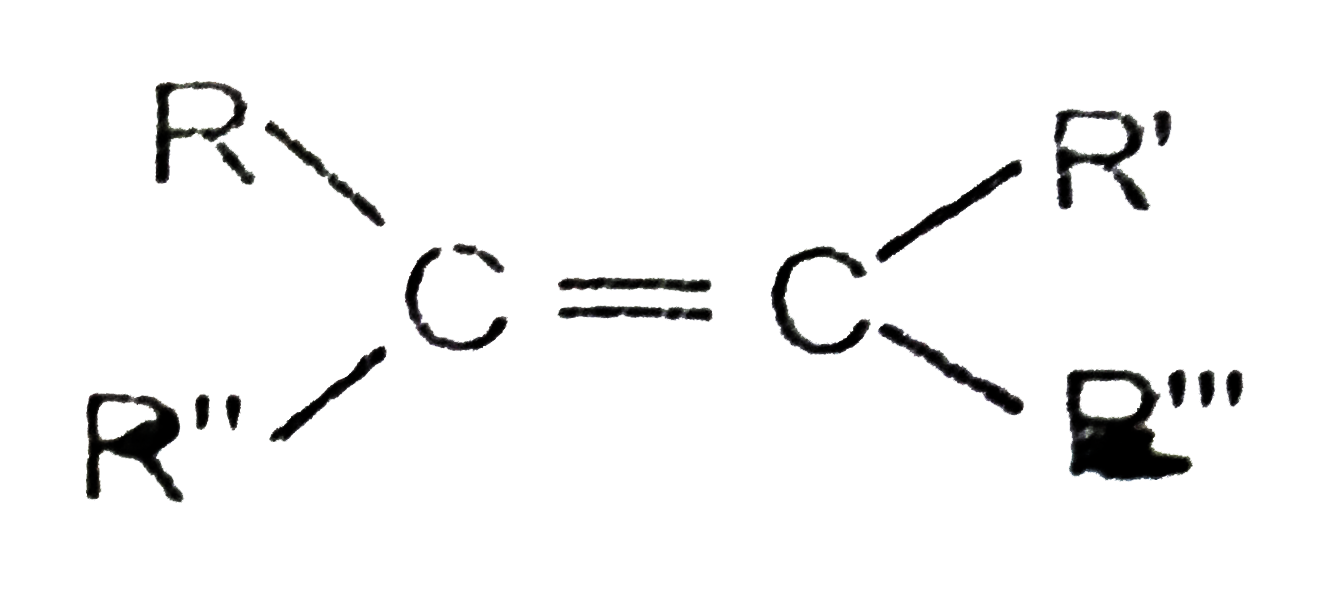In which of the following case product case product of oxidative and reductive ozonolysis is/are different?
A

B
C6H10 (Cyclohexene)
C
CH2=CH2
D

Video Solution
Text Solution
The correct Answer is:A, B, C
|
Answer
Step by step video, text & image solution for In which of the following case product case product of oxidative and reductive ozonolysis is/are different? by Chemistry experts to help you in doubts & scoring excellent marks in Class 12 exams.
Updated on:21/07/2023
Topper's Solved these Questions
- BOOK - AAKASH INSTITUTECHAPTER - HYDROCARBONSEXERCISE - SECTION-D LINKED COMPREHENSION TYPE QUESTIONS6videos
HYDROCARBONS
- BOOK - AAKASH INSTITUTECHAPTER - HYDROCARBONSEXERCISE - SECTION-E ASSERTION-REASON TYPE QUESTIONS:9videos
HYDROCARBONS
- BOOK - AAKASH INSTITUTECHAPTER - HYDROCARBONSEXERCISE - SECTION-B OBJECTIVE TYPE QUESTIONS (ONE OPTION IS CORRECT)25videos
HYDROCARBONS
- BOOK - AAKASH INSTITUTECHAPTER - HALOALKANES AND HALOARENES EXERCISE - ASSIGNMENT SECTION -D15videos
HALOALKANES AND HALOARENES
- BOOK - AAKASH INSTITUTECHAPTER - HYDROGENEXERCISE - ASSIGNMENT (SECTION - D) (Assertion-Reason Type question)15videos
HYDROGEN
Similar Questions
Knowledge Check
- Question 1 - Select One
In which of the following cases, the correct product is not written?
ACH3−CH=CH2BrCl−−→(CH3)−Cl∣CH−Br∣CH2B(CH3)2CH=CH2Cl2−−→H2O(CH3)2CH(OH)CH2ClC(CH3)2CH−CH=CH2Hydroboration -oxidation−−−−−−−−−−−−−−→(CH3)2CH−CH2CH2OHD(C)Cl3CH=CH2HCl−−→(C)Cl3−CH2−CH2−Cl - Question 2 - Select One
Which of the following is the product of oxidation during photosynthesis?
ACarbondioxideBGlucoseCWaterDOxygen - Question 3 - Select One
Which of the following is not an oxidation product of an alkane?
AAlcoholBAldehydeCCarboxylic acidDEther
Which of the following is not an oxidation product of alkane?
View SolutionWhich of the following is not an oxidation product of alkane?
View SolutionIn which of the following cases, the major product has been correctly shown?
View SolutionWhich of the following cases, reactant and product are correctly matched.
View SolutionWhich of the following produces only one product on reduction with LiAIH4
View Solution


